#AD&D 2e
Explore tagged Tumblr posts
Text

"Villains motivate the player characters to action." At first glance I thought a black dragon lurked in the back, but the blunt face with a relatively small nose, twin horns, and scaled back of the neck all look like the 1e/2e tarrasque. (Keith Parkinson, AD&D 2e supplement DMGR6: The Complete Book of Villains by Kirk Botula, TSR, 1994)
#D&D#Dungeons & Dragons#Keith Parkinson#tarrasque#The Complete Book of Villains#dungeon#mist#villains#AD&D#D&D 2e#AD&D 2e#dnd#Kirk Botula#Dungeons and Dragons#TSR#1990s
162 notes
·
View notes
Note
Question about deathbed: i havent seen much about it yet but what ive seen doesnt make it sound very...fun to be alive in that world and that its like influenced by practices of the christian church during the middle ages and stuff like that, so im wondering how that would affect being able to even really play a woman being badass in that game?
Is it basically hardmode difficulty if you wanna play a woman?
I have two answers to this.
First is that in Death Bed, a woman can be badass. I’ll demonstrate by making Herr Rike, an old literary and AD&D character of mine, in Death Bed. @thepleasuregoblin @ashweather and @umbraldame can attest that she is just about the most believably badass person there is. (Despite the title of “Herr,” she is a woman and always has been. Well she’s female, technically she isn’t human and in her setting “woman” is a human-specific term while other sapient species have their own terms for genders but you get the point.)
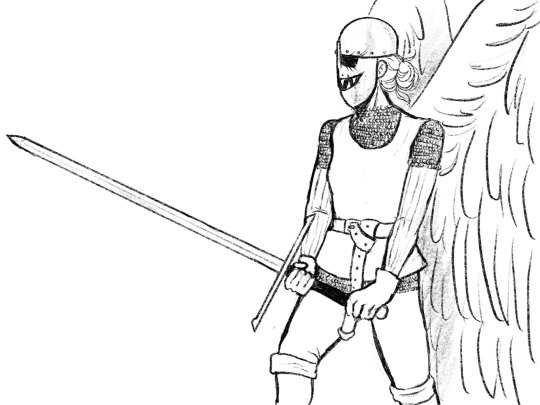
(art by @chaospyromancy)
I’m not gonna go through this very granularly because in Death Bed most stats are rolled, start out very low, and then are upgraded one at a time by level-ups. But over the course of building her stats up to where they should be to represent her I would focus on Agility, Scripture, Dexterity, Vigor, Strength, Endurance, Arcane, and Attunement from highest to lowest in that order.
For Traits, I would get her

(this is a men-only Trait, and also one I will probably nerf before final release, but a female character can still take it, at a price.)
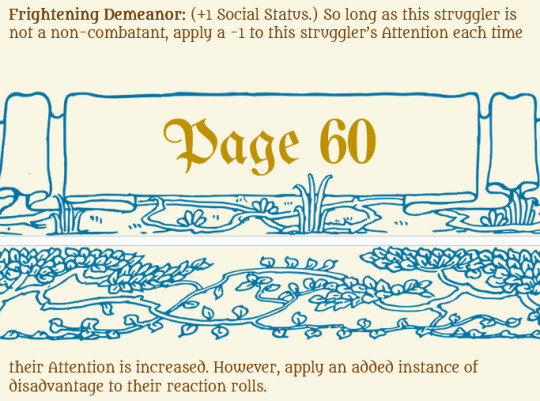

(she isn't actually humble, but the effect of this Trait fits her personality.)

(note the sidebars in this one)




(in no particular order)
I might also consider giving her Gentleman (Men only.) but at the moment in the game’s unfinished state that Trait has an unclear interaction with Lady.
Yes, she does have both men-only and women-only Traits, that��s allowed, it just reduces her Social Status. I rolled it and at the end of all those Traits she still has a Social Status of 27, which is fairly high.
Social Status is a stat representing how respectable the character is by the standards of 1400s society. It determines who gets to talk down to and degrade who. What the higher Social Status character says goes, and if this pecking order is challenged, that tends to distress people.
Characters who have Traits which fall outside their perceived gender suffer a debuff to Social Status, because that’s just how it was back then. Hell, that’s how it is today.
So she could kill monsters and shit with a sword just fine, the worst she would get is maybe the occasional weird look, especially since, in the Middle Ages, it was irregular but not strictly forbidden for women to practice martial arts. The super strict sex-segregation of martial arts was way more of a Renaissance and onward thing.
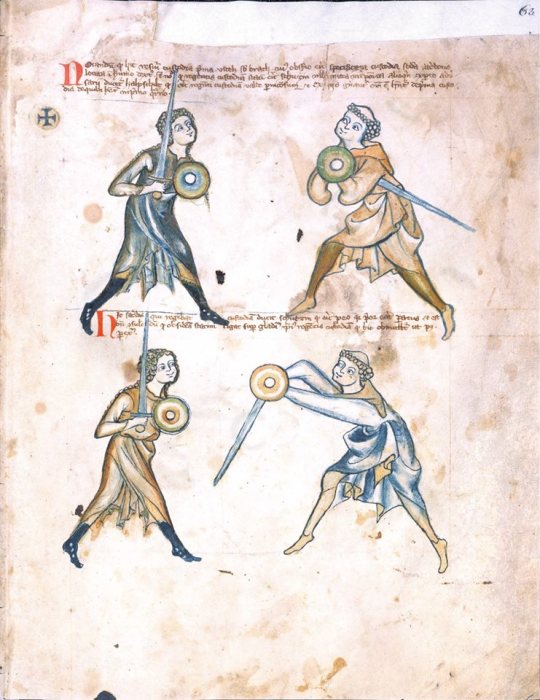
Now for the second answer.
A lot of what our cultural idea of what is “cool” and “badass” is extremely masculine-favoring. And while yes, swords and armor and violence are cool and badass, (I’m not immune to thinking that the things knights do is cooler than the things their wives do.) a lot of “feminist” or “egalitarian” or otherwise “pro-women” media that is historically set ends up having the message “This woman is badass and cool because she’s.. like a man, unlike those other lameass women who are like women.”
It ends up being the medieval version of that action movie trope that goes like
Male Lead: (pleasantly surprised) “You know how to fight and be badass?”
Female Lead: *racks shotgun* “I grew up with 7 brothers and so I had to learn how to play rough and played army instead of Barbie dolls and I didn’t have a mother and my ex-special-forces dad taught me how to fight starting at a young age. All that masculinity helped me grow up to be cool and tough woman instead of a boring helpless stupid woman.”
instead of, like, celebrating the other 99% of women in that time period who just did woman stuff.
Death Bed allows you to make a character that is a woman but effectively fills the social roles of a man such as killing stuff with a sword*(which is something just about every other TTRPG on the planet also allows), and it allows you to make a character that is a woman and fills all the more normal social roles of a woman while still being a very valuable asset to the party both in and out of combat (and Death Bed has a lot of “out of combat” stuff going on. It’s a classic dungeon crawler, which involves a good amount of combat, but is not purely combat and a party needs plenty of characters who are focused on other things if they want to survive.)
*and again, this wasn’t even something women were strictly barred from doing at the time.

Fencing Master: (Men only. +1 Social Status.) This struggler has +1 Scripture, +1 Strength, +1 Dexterity, and +1 Agility. Additionally, upon gaining this Trait, give him any three Weapon Special Attribute Masteries, selected at random from those he does not already have. Additionally, reduce his Hollowness by 1 each time he gains a new Special Weapon Attribute Mastery. However, this struggler must make a Despair roll any time his martial technique is called into question or disrespected, unless he proves himself. If he attempts to prove himself and fails, he must take an added instance of disadvantage to this Despair roll. He must also make a Despair roll each time his weapon is reduced in Maintenance Rating as a result of a failed attack roll.
Additionally, this struggler gains 2x the EXP from engagements in which he fights alone without allies.
Frightening Demeanor: (+1 Social Status.) So long as this struggler is not a non-combatant, apply a -1 to this struggler’s Attention each time their Attention is increased. However, apply an added instance of disadvantage to their reaction rolls.
Humble: (+0 Social Status.) This struggler’s good nature is a bulwark to disrespect. They gain an added instance of Advantage to any despair rolls related to disrespect. They gain an additional added instance of advantage to any despair roll related to disrespect from characters of lower Social Status.
Lady: (Women only. +3 Social Status.) This struggler has an added +3 to Scripture,[1] and an instance of advantage on reaction rolls. However, she must take an added instance of disadvantage to any Despair roll resulting from being disrespected by a man or woman of lower social standing, and must make a Despair roll up to once per Scene in which she is not wearing fine women’s clothing.[2][3]
[1. Sidebar] Literacy was considered the domain of noblewomen, clergy, and scribes.
[2. Sidebar] This Trait does not require the struggler to be a non-combatant. Though it was unorthodox for them to participate directly in battle, women of noble standing were not barred from martial training. In fact, a nobleman’s wife was expected to command his levies in battle should their home be attacked while he is away.
[3. Sidebar] Wearing fine women’s clothing does not preclude the wearing of most armor, so long as the visibly feminine elements are preserved.
Additionally, up to once per Scene, this struggler gains 100 EXP if she goes the entire Scene without getting her shoes or dress muddy, wet, or otherwise dirty. [gains EXP from reading literature or eating fine food and drinking fine wine? Figure this out.]
Paranoid: (-1 Social Status.) This struggler has an added instance of advantage to Agility rolls to avoid triggered traps, and, once per Hourglass, the player of this struggler can ask that the Narrator reveal to their struggler any and all traps in a room or general surrounding area and the Narrator will do so. However, they must make a Despair roll if they ever accidentally trigger a trap, or if anyone ever startles them such as by walking up behind them or waking them from their sleep.
Also, when the Narrator makes a wandering monster roll, the player of this struggler may ask that the result be revealed to them, but if they do so, this struggler makes a Despair roll.
Up to once per Scene, this struggler gains 10 EXP for being right about the dangers that lurk nearby.
Sharp Tongue: (+0 Social Status.) This struggler’s quick tongue and quicker wit allow them to wind around any social slight with the agility of a skilled fencer. At this struggler’s choice, they can cause the object of their ridicule either an added instance of advantage or an added instance of disadvantage to any Despair rolls related to disrespect from this struggler. Either advantage or disadvantage is doubled if their words are actually said in dialogue or at least summarized and the Narrator deems their remark sufficiently clever.
Tactician: (+1 Social Status.) Once per engagement, this struggler can bark out a specific order to an ally with a Social Status up to 3 degrees higher than their own, or any degree lower.[1] If the ally they are ordering complies, that ally gains an instance of Advantage to the next 3 rolls that carrying out that order may entail. However, if the ally refuses or fails to carry out this order, then this struggler must make a Despair roll. If the ally dies as a result of attempting to carry out this order, then this struggler must make a Despair roll with an instance of Disadvantage.
[1. Sidebar] This can be done even if this struggler is a non-combatant.
Additionally, this struggler gains 5 EXP for each successful roll on the aforementioned next 3 rolls made by their ally complying with their orders.
#middle ages#ttrpg#medieval#indie ttrpgs#medieval women#rpg#ttrpg tumblr#indie ttrpg#ttrpg community#ttrpgs#women in history#15th century#14th century#dark souls#dark souls 3#dark souls 2#ad&d#ad&d 2e#ad&d 1e#d&d#knight
232 notes
·
View notes
Text
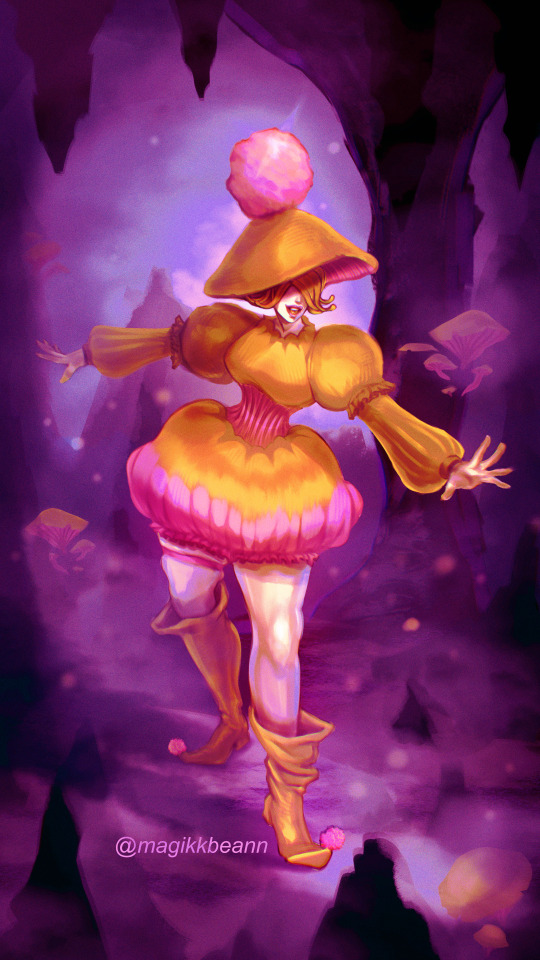
Playing a 2e ADND campaign as a silly mushroom girl in the Underdark! Her name is Truffle, other than being a cleric she likes to skip around the party and nap on the ground a lot <3
#my art#aesthetic#digital art#digital drawing#digital illustration#fashion#oc#oc art#artists on tumblr#fantasy#ttrpg#ttrpg art#dnd art#dnd character#dnd oc#dungeons and dragons#greyhawk#underdark#ad&d#adnd#ad&d 2e#mushrooms#fungi#truffles#mushroom girl#pink
180 notes
·
View notes
Text
Tumblr may joke about its piss poor reading comprehension, but it has NOTHING on D&D grognards.
8 notes
·
View notes
Text



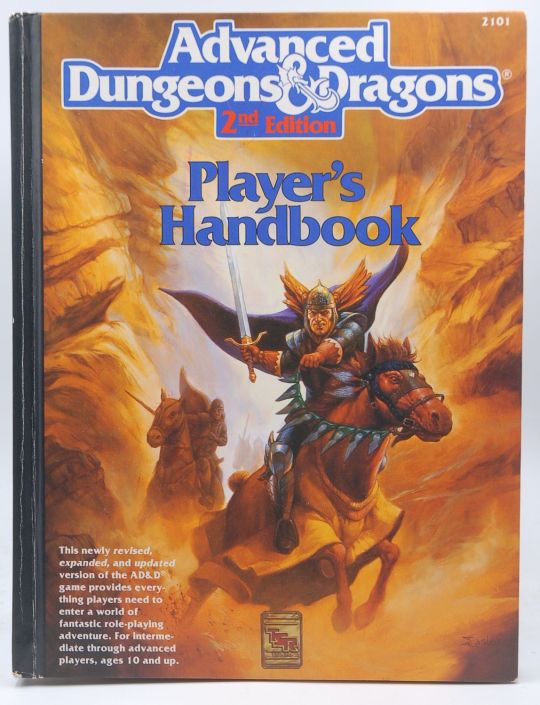


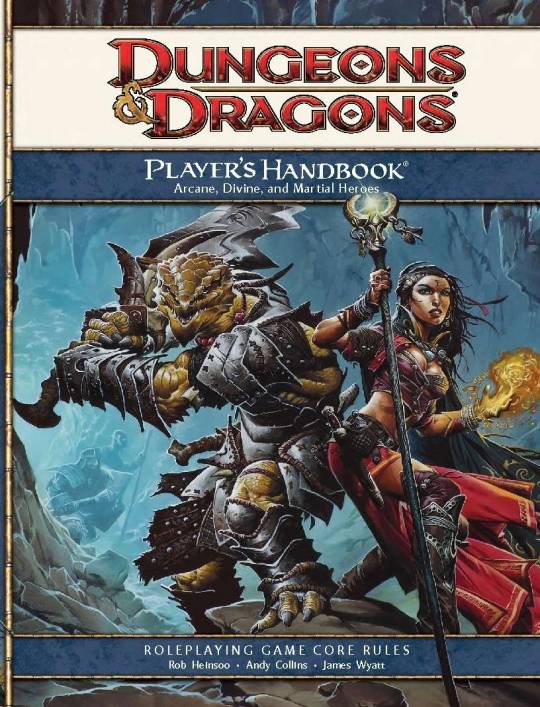

#dungeons and dragons#ttrpg#rpgs#dungeonsanddragons#d&d#thoughts#tumblr polls#my polls#polls#poll time#dnd#dnd5e#dungeons & dragons#od&d#D&D basic set#Basic D&D#ad&d#1e#ad&d 2e#advanced dungeons & dragons#d&d 2e#d&d 3.5#D&D 3e#d&d 4e#d&d 5e#d&d 5th edition#adnd#poll#random polls#tumblr poll
16 notes
·
View notes
Text
In defense of descending Armor Class (AD&D and 2nd)
This is the lowest point in my apologetics, but here we are.
Thankfully, the argument is simple:
20 big number. 0 small number. 10 medium number. HENCEFORTH, naive, when you use number a lot, it is better when number smaller.
Consider:
-8; 28.
Which number is easier to count on your fingers (assuming absolute value)? That's right, fucko. -8! Checkmate ascending AC liberals.
PS: I'm not arguing that ascending or descending is better or worse, however there is a legit use-case for descending AC.
PPS: THAC0 is actually a fantastic system for determining To-Hit values once you know how to use it, and it doesn't work with Ascending AC.

PPPS: I would be willing to make a "defense of charts" apologetics as well. Chart good cause "me do math for 3 hours now head tired."
#ttrpg#anti 5e action#tabletop roleplaying#roleplaying games#tabletop#ttrpg design#d&d#ad&d 2e#ad&d#dungeons and dragons#THAC0#AC
9 notes
·
View notes
Text

Dwarf idea for a campaign me and my playgroup are startin 🪓
9 notes
·
View notes
Text
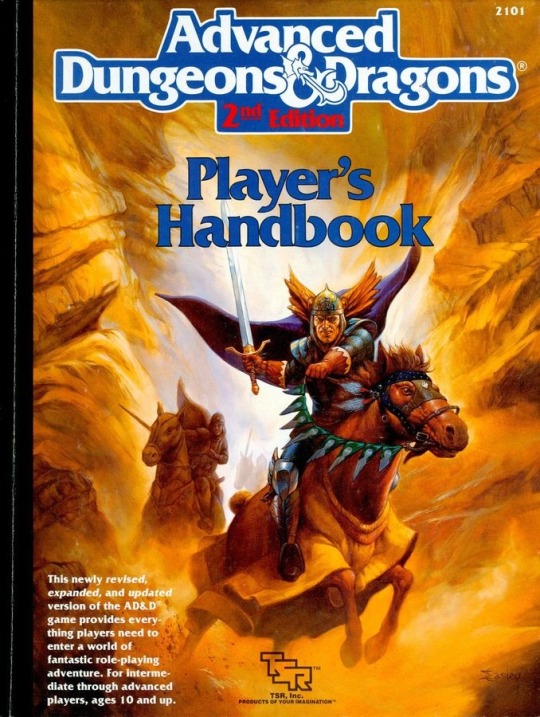
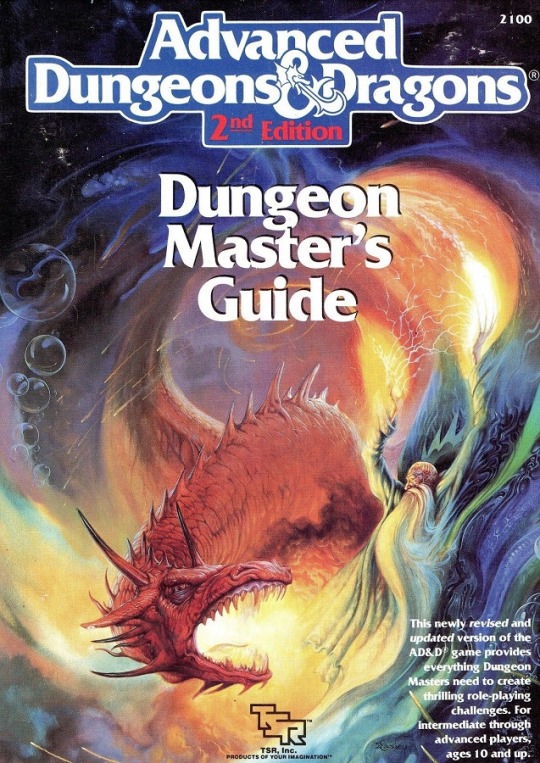
"The second edition of AD&D was finally released in early 1989. Many of the changes turned out to be cosmetic. One of the biggest was that the sizes of the Player’s Handbook (1989) and Dungeon Master’s Guide (1989) were reversed. Back in 1978 Gygax had decided that it was best if the players did not know the rules, and so the original Player’s Handbook was a skeleton that didn’t even detail combat. Now the entire roleplaying industry had accepted the fact that players and gamemasters were united in games — not adversaries — and the new rules reflected this. [...]
Perhaps most surprisingly, the rules were once again presented as “guidelines” — a reversal from Gygax’s original goal for the AD&D lines. Finally, the character classes were indeed cleaned up, with Arneson’s assassin and monk eliminated.
Though Cook had said that assassins were removed due to problems of party unity, their excision has always been seen by the public as part of TSR’s well-documented attempt to make AD&D more public friendly — TSR’s only allowance to the religious hysteria that had shadowed the game throughout the 1980s. Half-orcs were similarly removed as player characters, and demons and devils were eliminated entirely.

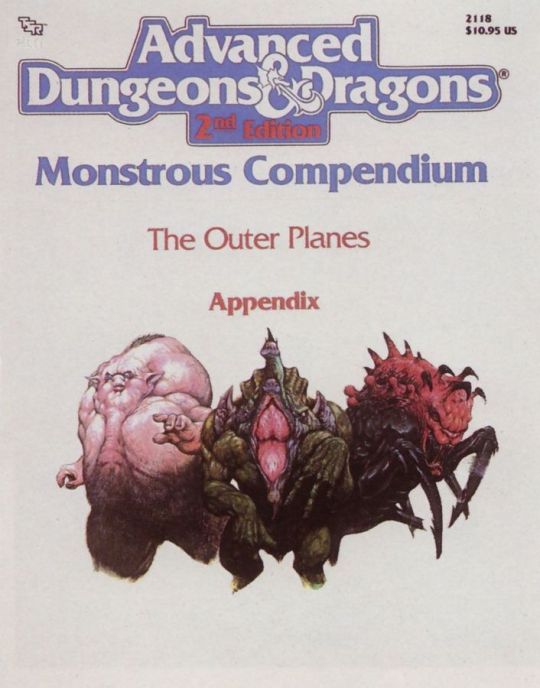
James M. Ward, who had instituted the removal of demons and devils, explained in Dragon #154 (February 1990) that “[a]voiding the Angry Mother Syndrome has become a good, basic guideline for all of the designers and editors at TSR, Inc.” Apparently, TSR had received one letter a week complaining about the demons and devils since the original Monster Manual was printed, and those 624 letters, or what Ward called “a lot of letters,” had been the reason he’d removed the infernal races.
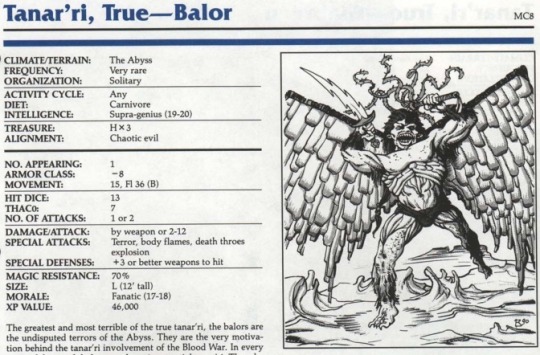
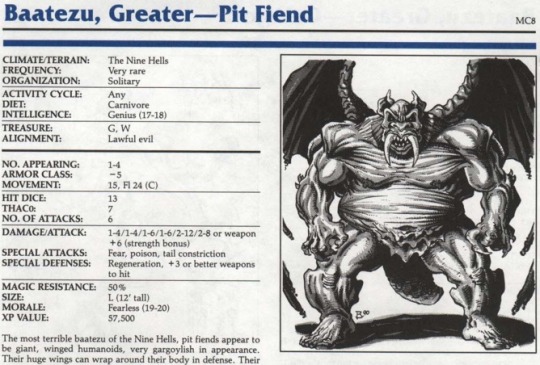
The readers were not amused, and to his credit Ward printed many of their replies in Dragon #158 (June 1990). One reader stated that the decision “becomes censorship when an outside group dictates to you … what you should print.” The release of the Outer Planes Appendix (1991) for the Monstrous Compendium assuaged some of the anger because it restored demons as “tanar’ri” and devils as “baatezu,” but some fans left D&D entirely as a result of this decision."
— Shannon Appelcline, Designers & Dragons: The ’70s
#d&d history#Shannon Appelcline#Designers & Dragons#tsr#gary gygax#ad&d#ad&d 2e#assassin#monk#fiend#David “Zeb” Cook#James M. Ward#information wants to be free
32 notes
·
View notes
Text
do you ever homebrew a bit too much to the point that the game turns into basements and lizards?
#am i a bad dm? yes#but! *stares at the handbooks* i ain't reading all that#dnd#d&d#d&d memes#dnd memes#dungeons and dragons#ad&d 2e#dnd 5e homebrew#dnd 4e#dnd 5e#d&d 4e#d&d 5e
13 notes
·
View notes
Text
#dungeons and dragons polls#dungeons and dragons#old school d&d#d&d#dnd#ad&d 1e#dnd1e#ad&d 2e#dnd2e#d&d 3.5#dnd 3e#dnd 3.5#d&d 4e#dnd 4e#d&d 5th edition#d&d 5e#dnd5e#dnd 5th edition#osr#old school renaissance#ttrpg#ad&d#ttrpg community#d&d polls#dnd poll#ttrpg polls#fantasy rpg#rpg
22 notes
·
View notes
Text
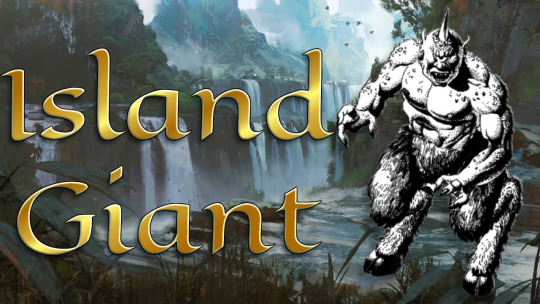
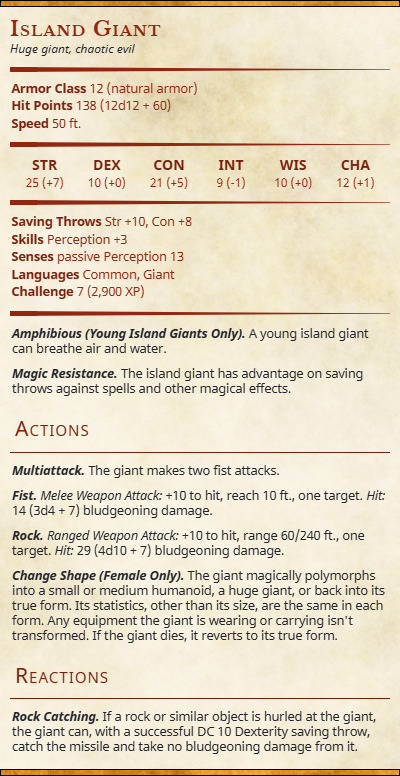
The movie "The 7th Voyage of Sinbad" release in theatres December 23rd 1958, making today its 66th anniversary! To celebrate I made a Video on the Island Giants, a giant species from AD&D 2nd edition based on the creature seen in the film. This here is the accompanying converted 5e stat block.
The video will be posted a little while after this post but in case you're interested.
Channel link: Nic the DM - YouTube
#dnd#dungeons and dragons#monster#stat block#dungeons & dragons#dnd 5th edition#ttrpg#rpg#ad&d 2e#advanced dungeons & dragons#giants#giant#dnd 5e
7 notes
·
View notes
Text




Hey, weirdos, thanks for buying our game. (Probably a Tom Baxa illustration, from the AD&D 2e Campaign Sourcebook and Catacomb Guide, TSR, 1990) From Ch 4 "Uses of Judgement" which also includes sections on "Off Nights," "Player Feuds," "Pettiness," "Know-it-alls," and various forms of cheating.
#D&D#Dungeons & Dragons#Campaign Sourcebook and Catacomb Guide#DMing#D&D 2e#AD&D 2e#AD&D#dnd#Dungeons and Dragons#TSR
158 notes
·
View notes
Note
Your post detailing a story in ad&d of a band of warriors delving into a dungeon filled with large lads and undead inspired me to look into ad&d 2e myself and so far I have found myself enjoying the mechanics greatly. So thank you for that do you have any advice for those just getting into ad&d?
Thank you! I love AD&D and am happy to help get more people into it, or any other rpg that has similar pre-WotC dungeon crawling gameplay.
Here’s a few rapid fire tips off the top of my head for those trying to get into AD&D2e and similar games:
Everybody Reads Both Rulebooks
Really this is my stance for basically any TTRPG, but I think that everybody should read the Player’s Handbook and the DM Guide. A session of any game will always go smoother if everybody has read the rules instead of one guy being tasked with remembering them all.
Check the Wiki
There’s a very useful wiki for AD&D you can use.
While I still recommend you read the rulebooks themselves to get a full understanding of the game you’re playing, the wiki is way better than a crusty old PDF or questionably formatted and nearly-falling-apart-by-now physical copy for quickly checking rules mid-session, and for waking you through character creation.
Start Small
Even before WotC brought the D&D brand and made it the overwhelming monopoly it is today, D&D was a juggernaught if the industry, and, even though I think from reading them that TSR-era D&D was very much written with more passion than just trying to soullessly sell products, TSR still had the dollar signs in their eyes and released like a million supplement and all that crap.
My suggestion: Stick with the DM’s Guide and Player’s Handbook at first. There’s just too much shit otherwise, and a lot of the later additions and supplements have a lot of very questionable content that will not really improve your experience. For instance, why did they introduce a fucking proficiency for eating and drinking?!
Use Even Older Adventure Modules
AD&D2e is retroactively compatible with the adventure modules made for previous editions, and I suggest you use these instead. While I think AD&D2e is the best ruleset to come out of TSR D&D, the adventure modules saw a pretty sharp decline around that time. This is when adventure modules started to be more like scripted stories rather than the dungeon crawling sandboxes they previously were.
Some suggestions that should get you started and keep you going for many many sessions are:
In Search of the Unknown
The Sinister Secret or Saltmarsh
Keep on the Borderlands (get the later version not the original version.)
Village of Hommlet
Throw Everything You Know from D&D3e Onwards Out the Window
If you aren’t sure how to handle something mechanically, do not default to assuming you do it the way it works in later editions. For instance, there are no skill checks in dialogue. You might roll Charisma once at the start of a conversation to determine if the other group trusts the PC or not, but that’s it. Everything else it just talked out.
Also, encounter balance? Throw it out. PCs will have to negotiate, sneak past, run away from, or use clever tactics to survive encounters. It being unbalanced is the whole point. You should be playing this like you would play an old survival-horror game like Resident Evil or Silent Hill, not like an action game. The PCs are fragile and will die easily if they just try to take everything head on.
This is another reason that everyone should read both rulebooks. If you don’t, then you’ll default to playing I like WotC D&D, which is a totally and completely different game.
Run it as a Challenge Game
These games only work if you run them as “challenge games,” which means they are scenarios meant to challenge both the PC and the player. No one should ever fudge dice, adjust HP values of monsters, change the solution to a puzzle just to be what the players thing is right, etc. It’s a dangerous gauntlet and you see if they live or die based on their own decisions and your descriptions. If the GM bends reality to ensure the party’s success (or ensure their failure, but everyone already knows that’s bad) then the whole game and whole story is invalidated. There will be a story, but it cannot be preplanned, it will emerge from seeing what these PCs do and who they turn out to be when they encounter these challenging scenarios. That has to include the possibility of unceremonious death.
Run a Troupe Campaign and Play Multiple Characters on Large Parties
A “troupe campaign” is one where instead of a small party, there are dozens of PCs which form a pool or roster to select from. Like you read in that post, we do ours as a mercenary free company. They get hired to do this stuff.
This makes it so that, in a highly lethal game like AD&D, the “story” doesn’t end as soon as a PC dies, which also means you’re less inclined to cheat to keep them alive when they shouldn’t be. That was just one of dozens of main characters.
Also, get used to playing multiple PCs at once. Make everyone create 3-5 PCs at the start of the campaign, and everyone bring at least 2 of them per adventure. This may take some getting used to but it is really not that hard, especially if you learn to play in third-person like Eureka tells you to.
Get used to party sizes between 6 and 15 PCs. Despite ironically being less focused exclusively on combat than WotC D&D, AD&D doesn’t pretend it’s not descended from wargames.
Ignore Alignment
Yeah alignment still mostly ranged between being pointless and being bad back then too. It meant something back in the very earliest editions of the game, but by the point of AD&D2e it was already mostly a vestigial system that you can and should ignore for most classes. You can keep it for, like, Clerics and Paladins if you want, that’s what we do.
But generally you should give up on the idea that your PCs will even be good guys at all, they’re amoral mercenaries and/or treasure hunters. This doesn’t mean they’re necessarily “bad guys” either, it’s more complex than that.

(art by @chaospyromancy)
Sir Ferdinand, one of my PCs and Captain of the White Company, is a scoundrel who overcharges his employers whenever he can get away with it; does dirty mercenary jobs like raiding, robbery, and extortion as much as he does heroic jobs like rescuing kidnapped children and protecting towns from raids, sometimes even at the same time. Recently he calmly and politely told a village of lizardmen they had better swear fealty to the local lord while subtly implying that something terrible could happen to their home if they don’t. In an adventure before, while overcharging a town for protection due to a threat that the White Company knew was not credible, once the company stumbled upon a secret smuggling and slavery operation that had been kidnapping people from the town and nearby village, he put every effort towards rooting it out despite it not being their job and even later being ordered by their current employer to stop sticking their noses in it. As he said before engaging an extremely dangerous and magic-wielding man in full plate armor while he himself had only maille at the time, he could not call himself a Christian in good standing if he turned a blind eye to slave running.
What alignment is Sir Ferdinand? None of them. He doesn’t have alignment, he has values.
#dnd#d&d#adnd#ad&d#ad&d 2e#rpg#ttrpg#ttrpg tumblr#ttrpg community#advanced dungeons & dragons#dungeons & dragons#dungeons and dragons#fantasy rpg#tabletop#eureka#eureka: investigative urban fantasy#game master#tabletop rpgs#tabletop game#tabletop gaming
141 notes
·
View notes
Text
My Review of All D&D Editions Part I: Original D&D (1974)
I played them all so you don't have to. In honor of THAC0, low scores are better.

Where it all started.
This is the primordial soup that the game we know and love crawled out of to take it's first shaky steps on dry land. The system itself is an eclectic mess delivered in classic Gygaxian prose (read: big fuckoff paragraphs with important game mechanics buried in the middle). It's less a complete game and more of a bolt-on modification for an existing game (Chainmail) which happens to be where you'll find most of the actual combat rules. Considering that the wilderness exploration section of booklet 3 boils down to "Use the rules and map from this 3rd party board game with our house rules", it has the feel of a very enthusiastic homebrew rather then a real product.
This game was made on a shoestring budget and a dream and it shows. The formatting is particularly challenging, even in my "White Box" version which has been revised and cleaned up from the first printings. It should go without saying, but very little love and care is put into the visual design or artwork. Important information is rarely visually emphasized, the tables are cluttered and the order and arrangement of information can cause a serious headache. Do not expect any helpful sidebars or neatly columned spell lists.
That said, the game itself can be pretty enjoyable. It does not feel like what I'd consider the expected D&D experience; it is at it's heart a tabletop wargame more than a roleplaying game. There are few mechanics or opportunities to develop your character outside of combat or sweet *sweet* looting. But even in this earliest iteration you can see the nascent ideas that really defined the game to come. You probably would find the spells, monsters, character races and classes very familiar outside of a few name oddities (Not Fighter... Fighting MAN)

Fuck the dragon entry, blow the art budget on a sultry amazon! -G. Gygax, probably.
Truthfully, its biggest sin is that it doesn't live up to its own direct descendants. All versions of the Basic rules (and their infinite OSR clones) are much simpler and cleaner, AD&D is a far more complete experience and all of them have a much better play experience at the actual table.
All in all I would say it's still playable in this day and age but definitely chore-adjacent. It will almost certainly feel clunky and unintuitive to anyone who grew up playing 3e onward and suffers heavily from a painful lack of streamlining. Later products like Greyhawk massively improve the flow of play, but it is pretty clear that this was an unfinished and unrealized version of the game.
FINAL REVIEW: Chart-a-liciousness: Moderately Chart Heavy Sleaziness: Someone lend her a shirt! Formatting: I had to get my glasses for this one Ease of Play: Hope you have two other out-of-print games FINAL SCORE: 9
#dnd#d&d#dungeons and dragons#osr#ad&d#ad&d 2e#becmi#basic dungeons and dragons#dnd 3e#dnd 3.5#dnd 4e#dnd 5e
6 notes
·
View notes
Text
AD&D: Where the only limit is the imagination of three guys in 1977!
10 notes
·
View notes
Text
4 notes
·
View notes